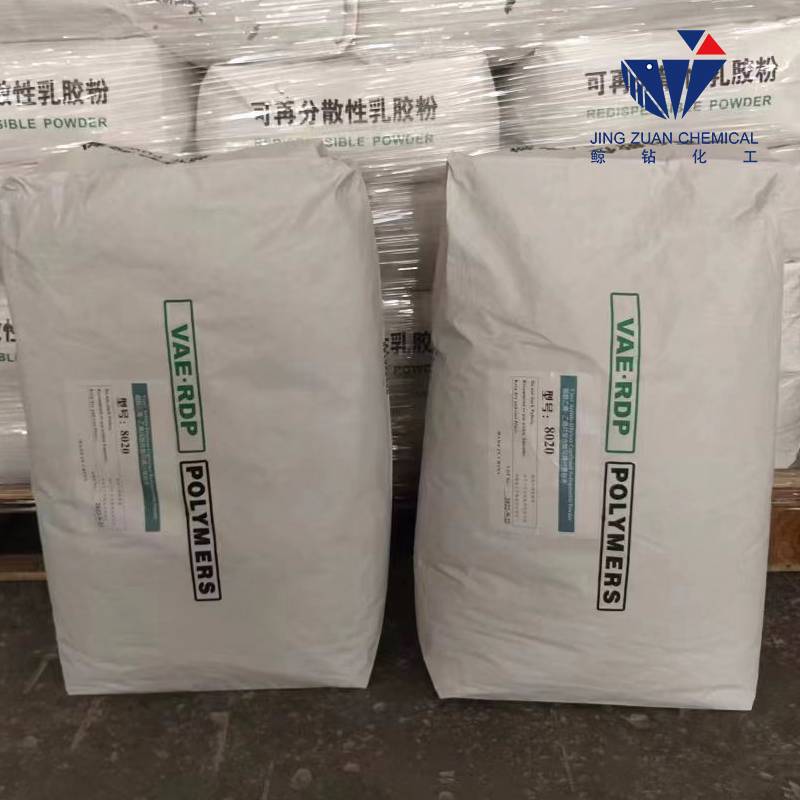
Aug . 08, 2024 01:35 Back to list
HPMC Applications in Enhancing Performance and Adhesion of Tile Adhesives for Construction Projects
Understanding HPMC for Tile Adhesive Properties, Benefits, and Applications
Hydroxypropyl Methylcellulose (HPMC) is a versatile chemical compound that plays a crucial role in various industries, particularly in construction for applications like tile adhesives. As a multifunctional additive, HPMC provides several key benefits that enhance the performance and durability of tile adhesives. This article explores the properties of HPMC, its advantages in tile adhesive formulations, and its broad range of applications.
What is HPMC?
HPMC is a non-ionic cellulose ether derived from natural cellulose, which is modified through a chemical process that incorporates hydroxypropyl and methyl groups. This modification imparts several advantageous properties including solubility in water, thickening, binding, and film-forming capabilities. HPMC is widely used in construction materials, pharmaceuticals, food, cosmetics, and other industries due to its safety, stability, and functionality.
Key Properties of HPMC
1. Water Retention One of the most significant properties of HPMC is its ability to enhance water retention in tile adhesives. This characteristic is vital for ensuring that the adhesive remains workable for an extended period, which is particularly beneficial in environments with varying temperatures and humidity levels.
2. Thickening Agent HPMC serves as an effective thickening agent, helping to achieve the desired viscosity in tile adhesive formulations. This allows for better application and reduces the risk of sagging when tiles are mounted on vertical surfaces.
3. Open Time Extension HPMC prolongs the open time of tile adhesives, giving installers ample opportunity to adjust tiles during installation without compromising the bond strength. This is especially important for larger tiles or intricate designs.
4. Improved Adhesion The unique chemical properties of HPMC enhance the adhesion between tiles and substrates. It forms a robust bond that enhances the overall durability of tiled surfaces, making them resistant to water and thermal fluctuations.
hpmc for tile adhesive

Benefits of Using HPMC in Tile Adhesives
1. Versatile Formulation HPMC can be easily integrated into various tile adhesive formulations, whether they are powder or ready-to-use types. This versatility allows manufacturers to create customized products tailored to specific application needs.
2. Enhanced Workability With improved open times and better spreadability, tile adhesives containing HPMC are easier to work with, reducing installation times and labor costs.
3. Environmentally Friendly HPMC is derived from natural cellulose sources and is considered environmentally friendly. Its use aligns with the growing demand for sustainable construction materials, making it an attractive choice for eco-conscious builders and developers.
4. Resilience Tile adhesives formulated with HPMC exhibit great resistance to cracking, water penetration, and other forms of damage. This resilience ensures that the tiled surfaces maintain their aesthetic appeal and functional integrity over time.
Applications Beyond Tile Adhesive
While HPMC is predominantly recognized for its role in tile adhesives, its applications extend to other areas. In the building sector, it is used in joint fillers, cement additives, and wall coatings. In the pharmaceutical industry, HPMC is a common excipient in the formulation of tablets and capsules. Furthermore, it is also utilized in the food industry as a thickening agent and stabilizer.
Conclusion
HPMC stands out as an essential component in the formulation of tile adhesives, offering numerous benefits such as enhanced water retention, improved adhesion, and adaptability in various applications. Its multifunctionality and ecological advantages make it a fundamentally important additive in modern construction practices. As the demand for high-performance and sustainable materials continues to grow, HPMC is poised to play an increasingly significant role in the tile adhesive market and beyond.
-
Versatile Hpmc Uses in Different Industries
NewsJun.19,2025
-
Redispersible Powder's Role in Enhancing Durability of Construction Products
NewsJun.19,2025
-
Hydroxyethyl Cellulose Applications Driving Green Industrial Processes
NewsJun.19,2025
-
Exploring Different Redispersible Polymer Powder
NewsJun.19,2025
-
Choosing the Right Mortar Bonding Agent
NewsJun.19,2025
-
Applications and Significance of China Hpmc in Modern Industries
NewsJun.19,2025







